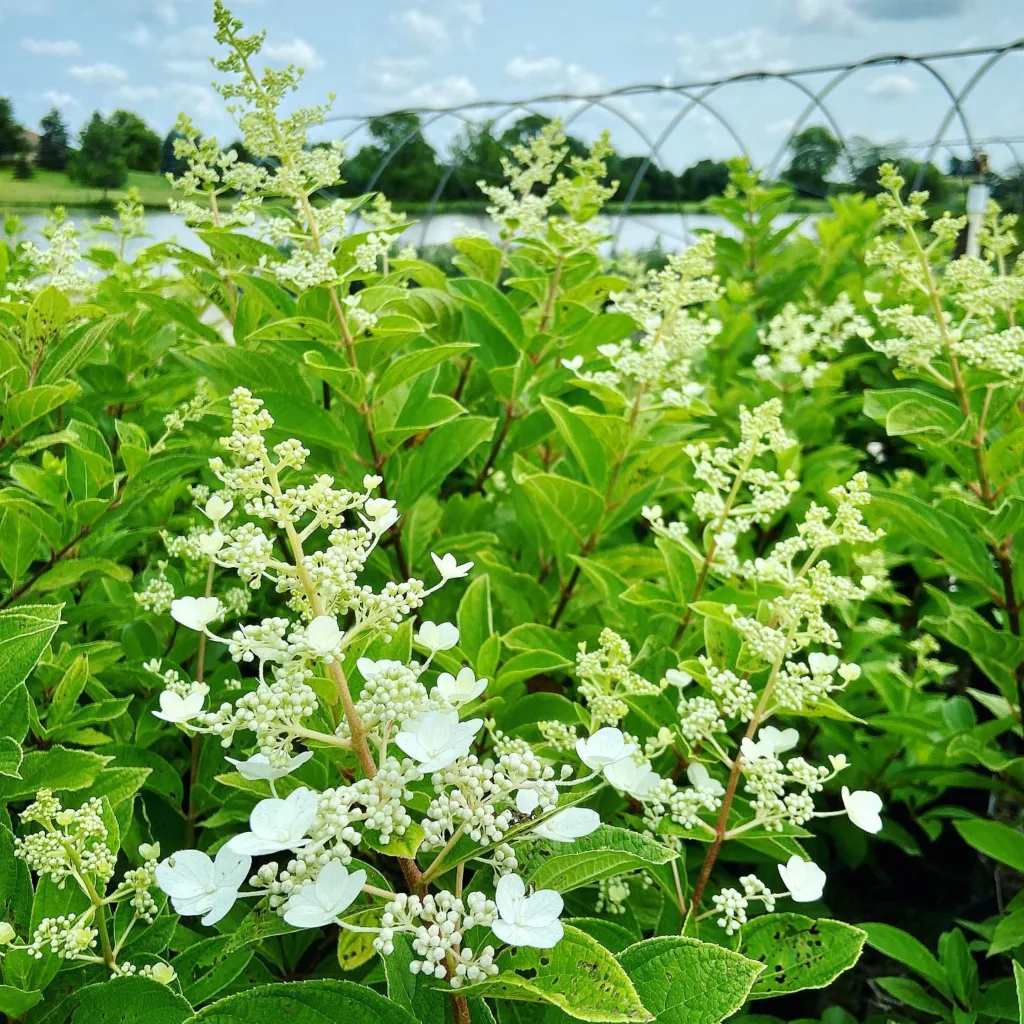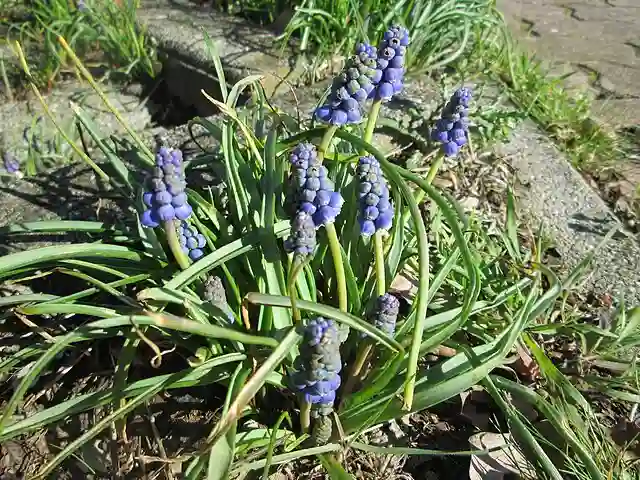
FAQs About Agave Attenuata
Agave Attenuata, commonly known as the Foxtail Agave, is a striking succulent that has caught my eye for its unique appearance and easy-care nature. I’ve had my fair share of experiences with this plant, so I thought I’d share some of the most frequently asked questions about Agave Attenuata based on my observations and research.
304 Species in Genus Agave
Does Agave Attenuata Die After Flowering?
Yes, Agave Attenuata does die after flowering, but not immediately. Unlike some other Agave species, Agave Attenuata is a monocarpic plant, meaning it flowers only once in its lifetime. After it blooms, the plant will begin to decline and eventually die. However, before it does, it will produce offsets or pups around its base. These pups can be used to propagate new plants.
How to Plant Agave Attenuata?
Planting Agave Attenuata is relatively straightforward. Choose a well-draining soil mix, preferably one designed for succulents or cacti. Make sure the location receives plenty of sunlight, as Agave Attenuata thrives in bright, indirect light. Dig a hole that’s slightly larger than the plant’s root ball, place the plant in the hole, and cover the roots with soil. Water the plant lightly to help it settle in, but avoid overwatering as Agave Attenuata prefers dry conditions.
How to Propagate Agave Attenuata?
Propagation of Agave Attenuata is usually done through offsets or pups. These small plantlets appear around the base of the mature plant. To propagate, gently remove the offsets from the parent plant, ensuring they have some roots attached. Let the offsets dry out for a day or two to prevent rot, then plant them in a well-draining soil mix. Water sparingly until the new plants establish roots.
How to Transplant Agave Attenuata?
Transplanting Agave Attenuata is best done in the spring or fall when the plant is not actively growing. Start by preparing a new planting area with well-draining soil. Carefully dig up the plant, being mindful of its roots. Place the plant in the new location at the same depth it was previously growing. Water lightly and allow the plant to adjust to its new home. Be cautious with watering, as overwatering can lead to root rot.
When Does Agave Attenuata Flower?
Agave Attenuata typically flowers in its 10th to 15th year. The flowering spike, which can reach up to 10 feet tall, produces a cluster of tubular, greenish-yellow flowers. The flowering period usually occurs in late winter to early spring, though it can vary depending on environmental conditions.
Can You Grow Agave Attenuata Indoors?
Yes, you can grow Agave Attenuata indoors, but it requires a bright spot with ample light. A south-facing window is ideal. Indoor Agave Attenuata should be placed in a well-draining potting mix and watered sparingly. Overwatering is a common issue for indoor succulents, so ensure the pot has drainage holes to prevent waterlogging.
How Fast Does Agave Attenuata Grow?
Agave Attenuata grows at a slow to moderate pace. In optimal conditions, you might see a few inches of growth each year. However, the plant’s growth rate can be influenced by factors such as light, water, and soil quality. While it doesn’t grow quickly, its striking appearance and low maintenance make it a rewarding addition to any garden.
How Often Do Agave Attenuata Flower?
Agave Attenuata flowers only once in its lifetime, making it a special event. After flowering, the plant will eventually die, but not before producing offsets that can be used to grow new plants. These offsets are a great way to ensure that you continue to enjoy Agave Attenuata in your garden even after the parent plant has finished its lifecycle.
How to Harvest Agave Attenuata Seeds?
Harvesting seeds from Agave Attenuata involves waiting until the flowering spike has fully matured. The seed pods will dry out and split open, revealing the seeds. Carefully collect the seeds and store them in a cool, dry place. Seeds can be sown in well-draining soil and kept in a warm, sunny location to germinate.
Is Agave Attenuata a Succulent?
Yes, Agave Attenuata is a succulent. It has thick, fleshy leaves that store water, which helps it survive in arid conditions. Its rosette form and unique leaf structure make it an attractive choice for succulent enthusiasts.
Is Agave Attenuata Edible?
Agave Attenuata is not typically consumed as food. While other Agave species have been used in traditional food and beverage preparations, Agave Attenuata is more commonly grown for ornamental purposes rather than culinary uses.
Is Agave Attenuata Poisonous?
Agave Attenuata is not considered highly toxic to humans or pets. However, it is always wise to handle plants with care and keep them out of reach of small children and animals, as ingestion of any plant material can potentially cause mild gastrointestinal discomfort.
What to Plant With Agave Attenuata?
Agave Attenuata pairs well with other succulents and drought-tolerant plants. Consider combining it with low-maintenance plants like Sedum, Echeveria, or Crassula. These companions complement its striking form and thrive in similar conditions.
How to Care for Agave Attenuata?
Caring for Agave Attenuata involves providing it with a well-draining soil mix, bright light, and minimal water. Allow the soil to dry out between waterings to prevent root rot. It’s also important to ensure good air circulation around the plant to keep it healthy.
Agave Attenuata is a resilient and visually appealing plant that can add a unique touch to your garden or indoor space. With the right care and attention, it can thrive for many years, providing beauty and interest to your plant collection.
If i die, water my plants!



